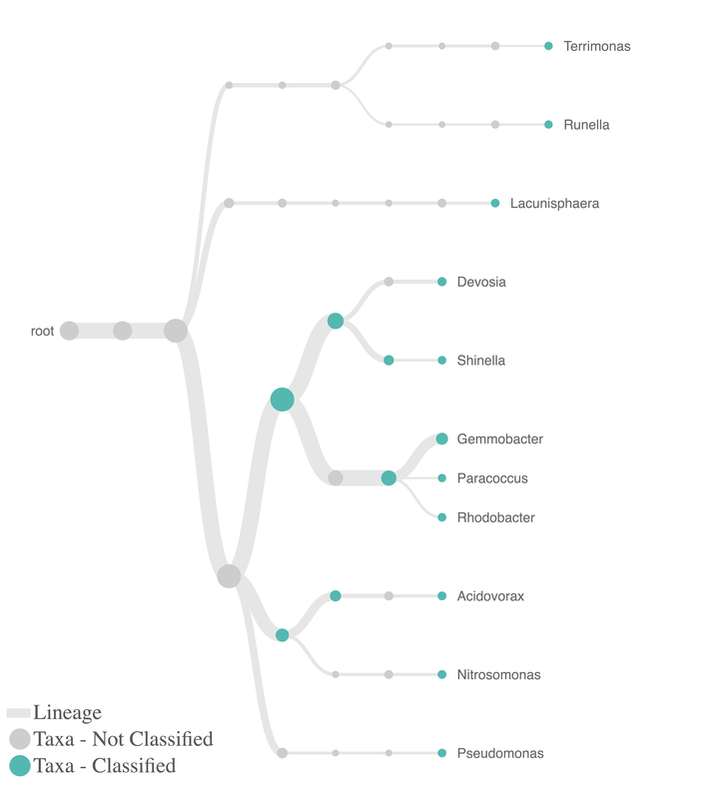Also check out Aster Bio's new Environmental Genomics website for more information: www.environmentalgenomics.com
Our ability to discover new microorganisms far exceeds our ability to understand and confirm the roles that they may play in different environmental niches.
You can extract DNA from almost any random environmental sample, subject it to next-generation sequencing to identify the metagenomes in the sample, and generate a fairly complete genome of a never-seen-before, never-cultured microbial strain. Then, wham, you run into the research bottleneck: how do you discover the role that your new, favorite microbe plays in the world?
Hard work and time. Bioinformatic analysis of the genome can provide insights into the potential metabolic activities your microbe may have (and, by extension, some of the roles it may play). Tracking co-occurrence and co-exclusion patterns with samples taken under different conditions helps, too. But, eventually, you just have to isolate the strain and start running tests.
This is highly relevant to wastewater microbial community analysis. For example, we occasionally find the genus Ferruginobacter to be the dominant strain in some wastewater plants, but completely absent from others. So, what's it doing?
The genus Ferruginobacter was first reported in 2009 (Lim et al., DOI 10.1099/ijs.0.009480-0). It's an obligate aerobe that doesn't denitrify (it won't reduce either nitrate or nitrite). Members of the genus are heterotrophs, although there are differences in the carboon sources they can grown on. So, what makes it so common in the biomass of one wastewater treatment plant and absent in another?
This is not an uncommon phenomenon. Scientists continue to discover new bacteria and archaea all the time, so for the foreseeable future, "I don't know" will be a common reply to "Why is this microorganism in my wastewater?" The good news? Generally speaking, a significant portion of the abundant genera have been studied, in some cases for over a century (Clowes, 1900. DOI 10.1038/062128b0), because they were abundant and easy to isolate. These key taxa do provide a lot of insight into how a particular wastewater treatment plant operates.



 RSS Feed
RSS Feed